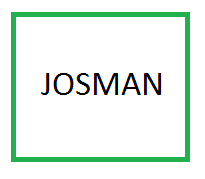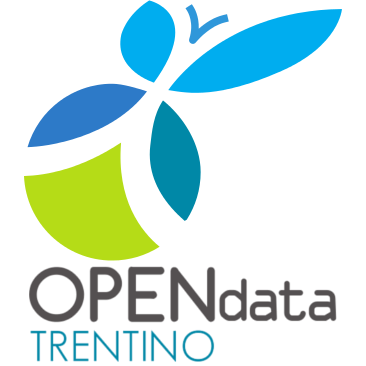Maven
SemText Jackson is available on Maven Central. To use it, put this in the dependencies section of your pom.xml:
<dependency>
<groupId>eu.trentorise.opendata.semtext</groupId>
<artifactId>semtext-jackson</artifactId>
<version>1.0.0</version>
</dependency>
In case updates are available, version numbers follows semantic versioning rules.
Registering Jackson Module
You can register SemTextModule in your own Jackson ObjectMapper:
ObjectMapper om = new ObjectMapper();
om.registerModule(new GuavaModule());
om.registerModule(new OdtCommonsModule());
om.registerModule(new SemTextModule());
String json = om.writeValueAsString(SemText.of(Locale.ITALIAN, "ciao"));
SemText reconstructedSemText = om.readValue(json, SemText.class);
Notice we have also registered the necessary Guava (for immutable collections) and Odt Commons modules (for Dict and LocalizedString).
To register everything in one command just write:
ObjectMapper om = new ObjectMapper();
SemTextModule.registerModulesInto(om);
Simple usage example
ObjectMapper om = new ObjectMapper();
SemTextModule.registerModulesInto(om);
String json = om.writeValueAsString(SemText.of(Locale.ITALIAN, "ciao"));
SemText reconstructedSemText = om.readValue(json, SemText.class);
Metadata deserialization
Any object can be attached as metadata to SemText, Sentence, Term or Meaning, with the constraint that it must be non-null and should be immutable. Metadata is accessed by providing a namespace. For example, let's say we want to associate a Java Date to SemText, under the namespace testns.
To create our object in Java we can write this:
SemText.of("ciao").withMetadata("testns", new Date(123))
Once serialized as JSON, it will look like this:
{
"locale":"",
"text":"ciao",
"sentences":[],
"metadata":{
"testns":123
}
}
In order for metadata objects to be properly deserialized, we need to associate namespaces to object types by registering them in the SemTextModule. So, in order to serialize/deserialize the example above, we would do something like the following:
ObjectMapper om = new ObjectMapper();
// register all required modules into the Jackson Object Mapper
SemTextModule.registerModulesInto(om);
// declare that metadata under namespace 'testns' in SemText objects
// should be deserialized into a Date object
SemTextModule.registerMetadata(SemText.class, "testns", Date.class);
String json = om.writeValueAsString(SemText.of("ciao").withMetadata("testns", new Date(123)));
SemText reconstructedSemText = om.readValue(json, SemText.class);
Date reconstructedMetadata = (Date) reconstructedSemText.getMetadata("testns");
assert new Date(123).equals(reconstructedMetadata);
NOTE: namespace register is a static variable, so it's shared among all the object mappers. If you're writing a library with SemText serializer make sure to use a reasonably unique (thus long) namespace. Applications instead may use shorter namespaces.
Custom metadata deserialization
A more complex example can be found in SemTextModuleTest.metadataSerializationComplex, which shows how to develop and register a custom immutable metadata object.

